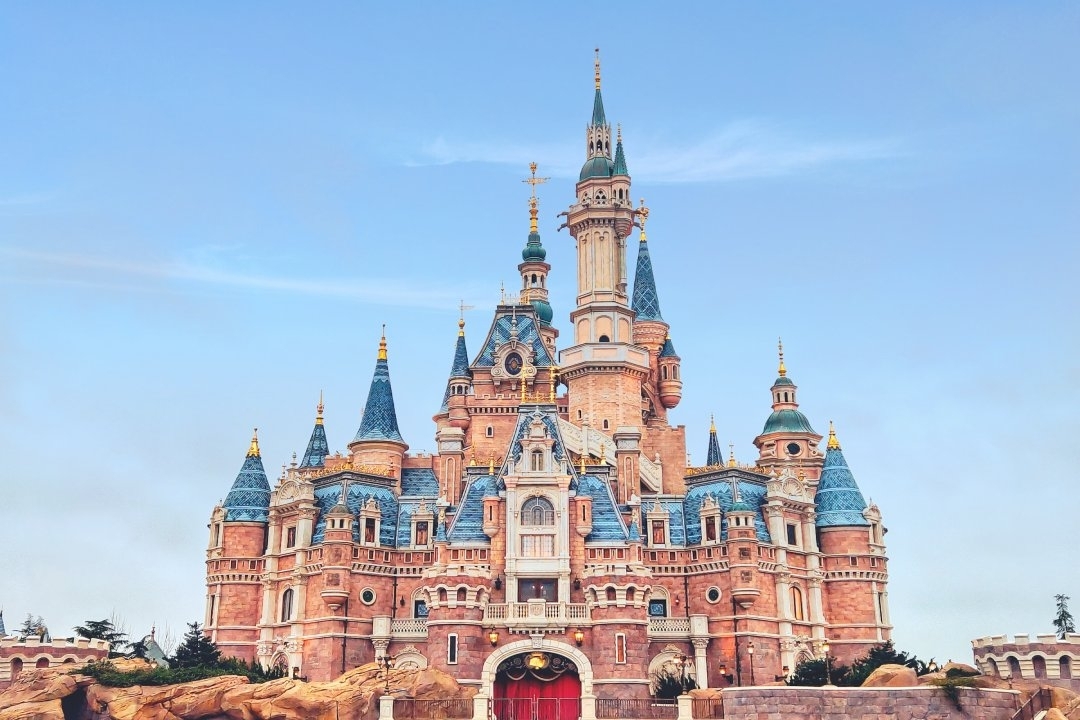
Under the Spotlight: Disney (DIS)
The Disney of today is far removed from the black and white, 2D animations that Walt Disney created in the 1920s. What started with Alice’s Wonderland, animated and produced by Mr. Walt Disney himself in Kansas City, Missouri, grew into a global icon in Mickey Mouse by the end of the decade.
The Disney of today is far removed from the black and white, 2D animations that Walt Disney created in the 1920s. What started with Alice’s Wonderland, animated and produced by Mr. Walt Disney himself in Kansas City, Missouri, grew into a global icon in Mickey Mouse by the end of the decade.
Mickey and friends
Disney was more than just a cartoon studio. They were innovators. Steamboat Willie was the first cartoon with synchronised sound and its own soundtrack. The short film was a hit and has become an integral part of Disney’s history.
The next 2 decades brought Dumbo, Bambi, Pinocchio, and the highest-grossing film of its time Snow White. In fact, Disney films were such an important part of popular culture that the government commissioned the studio to produce pro-American propaganda films during WW2. Disney’s audience reached the critical mass necessary to continue its rapid growth.
State of the Nation
Almost a century later, with 223,000 employees creating lifelike CGI movies and running theme parks resembling heaven on earth, Disney is a US$360b empire.
Spiderman, Skywalker and Sully lead Disney’s All-Star roster with assets Marvel, Lucasfilm, and Pixar on the company’s balance sheet. In 2019, 7 of the top 10 grossing films in the world belonged to Disney, earning over US$10b between them.
The truth is, two decades ago Disney’s roster looked more like the Cleveland Cavaliers than the LA Lakers we know and love today. It wasn’t until Bob Iger took the reigns that Disney really became a modern superpower. In his 14 year tenure, Iger added over US$150b to the $DIS market cap as the stock climbed over 400%. His first order of business was acquiring Pixar in 2006. In 2009 Marvel was purchased for US$4b, a cost that has easily been recouped. By 2012, Lucasfilm joined the cast. Still, studio entertainment is only a sliver of Disney’s total revenue.
Media networks including ESPN, National Geographic and ABC are the company’s cash cows. In fact, in 2019 ESPN generated more revenue than those 7 box office hits combined. Across television, radio, and networks, Disney is able to generate 90% of its operating income (profit) through its networks. Yep, that fireworks display over the Disney Castle every evening is made possible by middle-aged men watching Shaquille O’Neal talk basketball.
It may seem impossible given admission costs for a family are in the thousands, and a hot dog costs $15, but Disney’s theme parks and experiences operate on razor-thin operating margins. Despite generating more revenue than any other business segment, the parks contribute to less than 15% of Disney’s profits (pre-Covid figures).
This has not been aided during the pandemic. All twelve parks from Hollywood to Hong Kong were forced to close as well as a suspension to cruise lines for some period of time during 2020 leading to a US$2.6b loss in potential profits in 2020.
Finally, Disney’s direct-to-consumer segment. Centred around streaming services, this is the company’s fastest-growing segment but also its loss leader. The segment lost US$2.8b in 2020 in a time when its growth peaked as consumers were forced indoors and Disney+ was launched.
One year into operation, Disney+ has 95m subscribers globally, almost half of Netflix’s 200m. Its pre-launch estimates predicted users to hit 90m in 2024; the popularity, albeit aided by the pandemic, was definitely unforeseen. Despite almost 100m monthly subscribers. Disney is only generating US$4 per customer. As they find new ways to monetise such a large and loyal user base, the sky is the limit.
The future
Disney recognises this potential. Disney+’s immediate popularity has forced the company to redefine its business structure. As of October 2020, streaming is now a priority. The company now has two main focuses.
- Produce content primarily for its steaming services
- Making services like Disney+ profitable
Netflix is a US$230b company alone. Disney streaming is just getting started and was already a US$250b company before the announcement. The potential to bolt on a hundred billion dollar streaming business on top of its pre-existing model has led to bullishness amongst investors.
Time will tell what the future has in store for Mickey.
This does not constitute financial advice nor a recommendation to invest in the securities listed. The information presented is intended to be of a factual nature only. Past performance is not a reliable indicator of future performance. As always, do your own research and consider seeking financial, legal and taxation advice before investing.